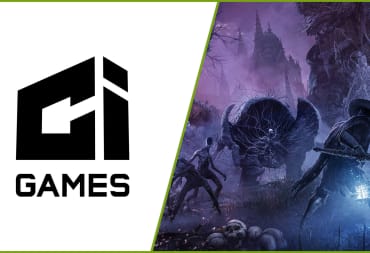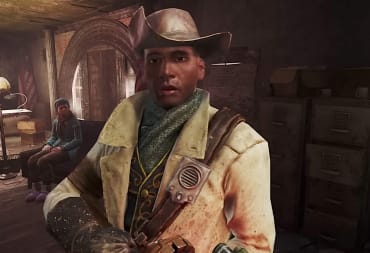In a post-apocalyptic world where doors are the new oil and oil is the new styling gel, one Australian stands against the endless hordes of waste in their search for the last door. Oh wait, that's from my secret screenplay of the same name. The Last Door being written about today is a point & click adventure inspired by literary legends Poe and Lovecraft (PoeCraft!) to form a harrowing mystery about poking around spooky locales and touching everybody's stuff.
Point & click adventures generally have zero replayability, rely on a timeless art style, and involve the use of convoluted cartoon logic to combine items in ways that would make MacGyver raise an eyebrow. The Last Door definitely has the first one down. There's no point returning to the game after completion, it's not a Rubik's Cube. Once puzzles are solved they cannot be unsolved unless you experience frequent bouts of short-term memory loss. There's no point returning to the game after completion, it's not a Rubik's Cube. There aren't alternate endings either. In fact the ending provided is oddly scaled back from episode 3's escalation to rummage through yet another large house and cut to credits promoting season 2. Though given the episodic format this is somewhat forgiveable.

Whether the art style could be called timeless remains to be seen, but it's certainly effective. The intentional low-resolution textures use the player's own imagination against them - a clever technique for a horror story, as evident from the start when the tone is set by forcing the player to participate in actions made all the more disturbing by the creepy vagueness of the visuals. Suffice it to say, those with a sensitive disposition may want to be wary! One pleasant upshot is the ability to run the game on anything from web browsers to Windows XP.
Puzzles, that is, the finding and combining of objects to open up new areas to explore, are refreshingly straightforward for the most part. They make sense most of the time, especially by approaching some from a morbid perspective. The introduction and the setting tend to cast suspicion over the outcome of ite interactions. Just keep saying 'what could possibly go wrong?' constantly; everyone knows it brings good luck.

Sound is important for any horror project and happens to be The Last Door's strongest aspect. The sound effects are well-done and expertly-placed. A creaky floorboard here, a gust of wind there, it might seem silly to mention but applying sound effects as a skill tends to go unappreciated when doing a fine job of subtly contributing to the ambience. Much more noticeable are the exquisite classical orchestral music tracks by composer Carlos Viola. There must be around 36 original tracks both in-game and bundled separately beside the Collector's Edition, well worth the price for these alone.
The Last Door marks another Kickstarter success. Spanish developer The Game Kitchen has shown a deep understanding of how to manipulate our fear of the unknown and make me more paranoid than ever about birds. Good to see the classic point & click adventure lives on.
The Last Door Collector's edition can be purchased from almost anywhere you can imagine, including GoG, Greenman Gaming, and Steam. Individual episodes are even playable via web browser. The entirety of season 1 has been officially released on flash sites such as Armor Games, so it costs nothing to try out. The best quality browser version comes from Last Door's official website. This game was bought by Mark Richard and reviewed for PC.
Do you still seek out classic point & click adventures, fellow Raptors? Tell me which you think is the best in the comments below, and then I'll tell you why you're wrong because its Beneath a Steel Sky.
Review Summary
The Last Door is dark, morbid, perfect for a quiet evening with the lights off.
(Review Policy)Have a tip, or want to point out something we missed? Leave a Comment or e-mail us at tips@techraptor.net













